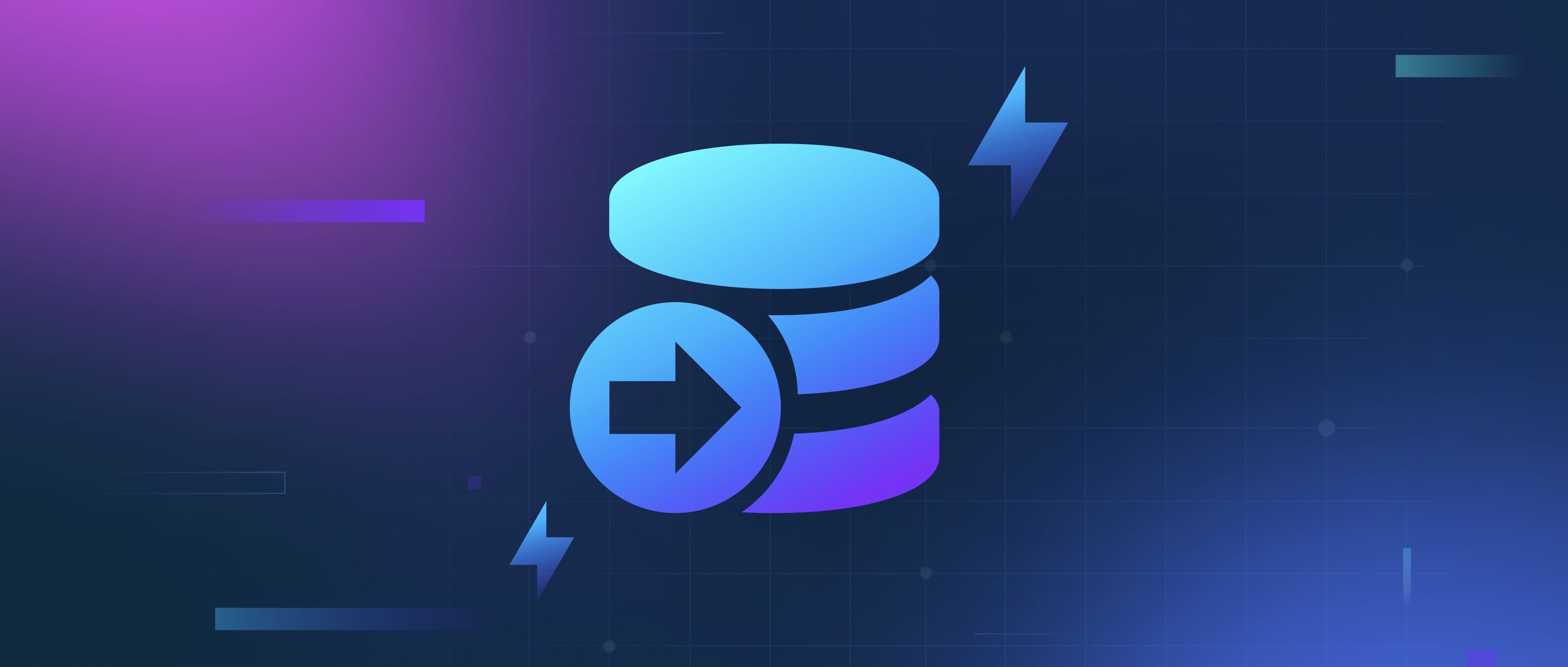AI agents handle temporal reasoning by using techniques that allow them to understand and manage time-related information effectively. Temporal reasoning enables AI to make decisions based on the sequence and timing of events, which is crucial for tasks like planning, scheduling, and event prediction. For instance, an AI assistant scheduling meetings must know when events are planned, how long they last, and avoid overlaps. Various frameworks and algorithms are employed, such as temporal logic and time representation, to structure this information in a way that the AI can process.
To implement temporal reasoning, AI developers often use data structures like timelines or event graphs. Timelines represent events in chronological order, making it easier for the AI to interpret the sequence of actions. Event graphs, on the other hand, allow for the representation of events and their relationships, such as causality and duration. For example, if an AI is tasked with managing a project, it can use these structures to determine the best order to complete tasks based on dependencies and deadlines. This method ensures that all required information is factored in when making decisions.
Moreover, AI agents might incorporate reasoning algorithms that work with temporal logics, such as Linear Temporal Logic (LTL), which helps in expressing and verifying properties of systems over time. An example could be an AI monitoring a manufacturing process that needs to ensure specific safety conditions hold true throughout its operation. By applying these reasoning techniques, AI agents can adapt and respond to changes in situations effectively, ensuring timely and relevant actions are taken, ultimately improving the performance of many applications that rely on awareness of time.
